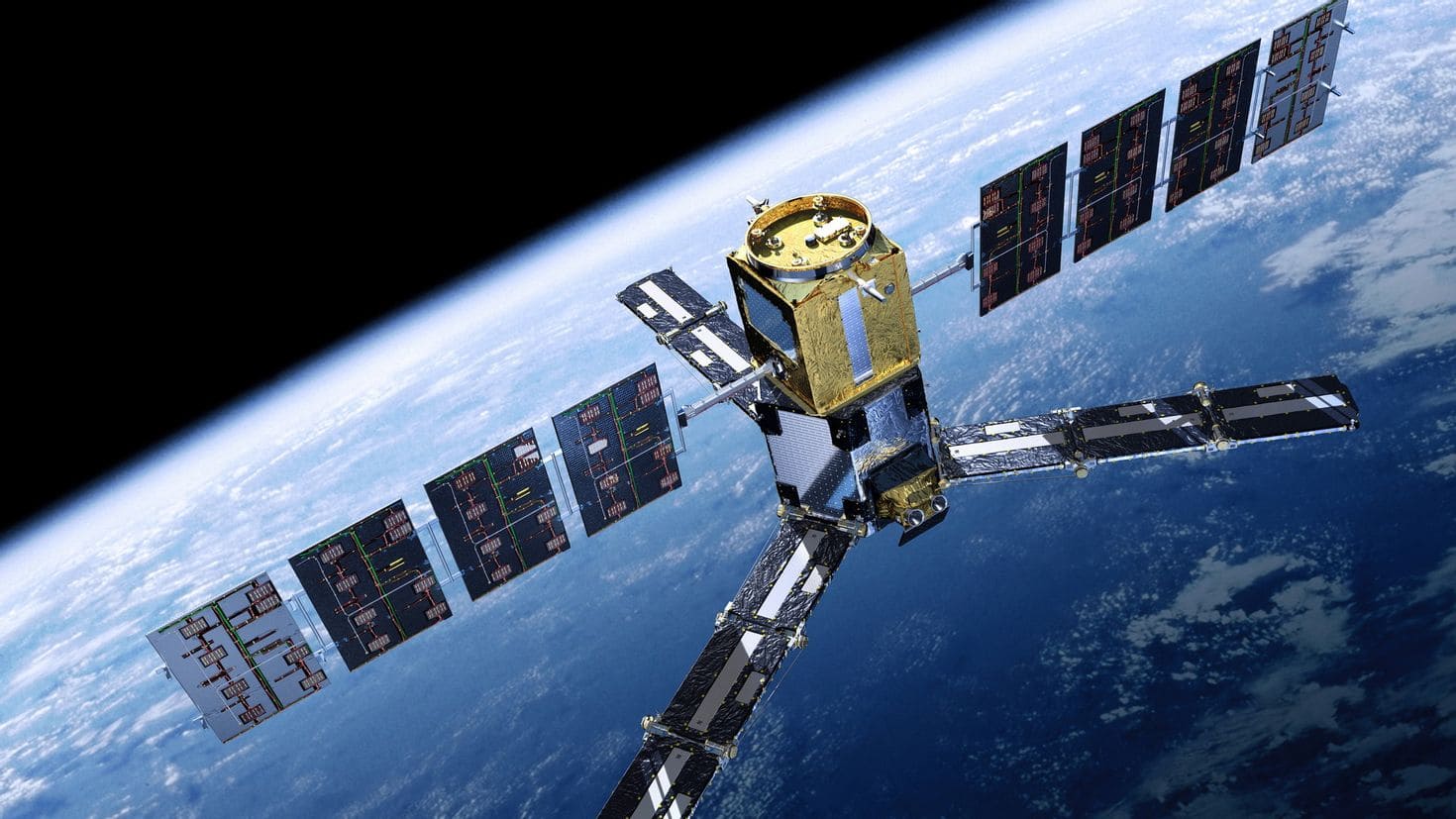As NASA’s Curiosity rover continues its search for life on Mars, we suggest recalling five key events that sparked public interest in the Red Planet.
1. Giovanni Schiaparelli saw the “channels” on the surface of Mars in 1877, and widespread speculation that they were created by intelligent beings.
What does one word mean? When Italian astronomer Giovanni Schiaparelli looked through his telescope in 1877 to examine the surface of Mars in detail, he noticed lines crossing the planet like water channels. And that’s how he described these lines — as “canali”, which in Italian simply means “channels”, in the sense of riverbeds or channels. This single innocent word — “canali” — was incorrectly translated into English as “canals”, meaning structures built to divert water in one direction or another. The channels could only be created by intelligent life forms.
Did Schiaparelli’s observation hint that alien canal builders lived on Mars? That’s what Boston’s Percival Lowell thought. He spent his life trying to prove that there is a utopian society on our interplanetary neighbor, and often published on this topic. Lowell died long before the first photographs of Mars showed no artificial canals or any other signs of a former utopian civilization. But Lowell’s fanaticism sparked a lingering public love for the idea that life could flourish on Mars.
2. Nikola Tesla hears Martian noise in 1899.
NASA’s current mission to Mars is indebted to Nikola Tesla for his inventions of a robot and remote radio control for guided vehicles. He may also have strengthened the public’s faith in life on Mars by announcing that he was receiving messages from the planet at his laboratory in Colorado Springs. While conducting experiments on the transmission of high-frequency electricity in 1899, Tesla detected cosmic radio waves using his instruments.
Announcing this event, he publicly expressed the opinion that the messages came from outer space, possibly from the inhabitants of Mars. In an article in Collier’s Weekly dated February 19, 1901, Tesla wrote: “At the current stage of progress, there would be no insurmountable obstacles to creating a machine capable of transmitting a message to Mars… What a huge stir this would make in the world! How soon will this happen?”Later discoveries have shown that Tesla actually picked up ordinary radio waves emitted by clouds of interstellar gas.
3. The Martians are coming! Panic arises in 1938 when a radio play goes awry.
As a novel, The War of the Worlds by H.G. Wells appeared on the literary scene relatively quietly. Originally part of the novel was published in 1897 in Pearson’s Magazine, the novel itself was published in 1898 and was a success with critics and the public. Interest in the book was renewed in 1938 when a young Orson Welles, who would later become an iconic actor and director, decided to adapt the novel for a radio play that was to be shown the night before Halloween.
Abandoning the standard narrative format, Wells decided to structure the story as a series of realistic news bulletins that described the attack of aliens from Mars on New Jersey.
The performance turned out to be so realistic that people literally panicked on the streets. In an October 31, 1938 New York Times article, Louis Winkler of the Bronx told a reporter: “I didn’t turn on until the program was half over, but when… The “Minister of the Interior” was introduced, I was convinced that it was McCoy. I ran out into the street with dozens of other people and saw that people were running in all directions.” Perhaps more than any other event, Wells’ broadcast fueled public interest in the “Red Planet” and the possibility of detecting intelligent life there.
4. There is nothing to see here: In 1965, an unmanned probe sent back the first images of Mars, which show no signs of life on the planet.
On November 28, 1964, NASA launched the unmanned Mariner 4 space probe to take “flyby” photos of the “Red Planet”. On July 14, 1965, these images returned to Earth, showing the pockmarked surface of the planet, devoid of any structures or other signs of habitation in the past or present. In 1969, NASA launched the Mariner 6 and Mariner 7 probes to conduct additional observations of the Martian landscape.
Hundreds of photographs have revealed a barren, dusty wasteland with no signs of life, dispelling fears — and hopes — that Mars is inhabited by aliens. The collective obsession of Earthlings with the Martian invasion faded, although there was continued debate among citizens and scientists about whether the planet had been previously inhabited.
5. A meteorite discovered in 1996 is a convincing proof of the existence of life on Mars.
After the Mariner space probe missions in the 1960s established that there were no alien organisms on Mars ready to attack Earth, interest in the problem of life on Mars faded. The consensus seemed to be not only that Mars does not support life in the present, but also that it never existed in the past. This philosophy changed in 1996, when an article was published in the journal Science, which suggested that a meteorite from Mars contains biomarkers of primitive life forms. A group of NASA scientists wrote that their analysis of the meteorite “ALH84001” revealed possible microfossils of primitive bacteria — a finding that would mean that life, at least in some form, once existed on Mars.
The report caused a sensation in the popular and scientific press, and the 63rd meeting of the Meteorite Society in 2000 devoted a couple of special sessions exclusively to the discussion of ALH84001. Some scientists claimed that the meteorite was contaminated after landing on Earth, which explains the hydrocarbons found on it (an indicator of decomposed organic matter). Others presented evidence supporting the findings of NASA scientists.



